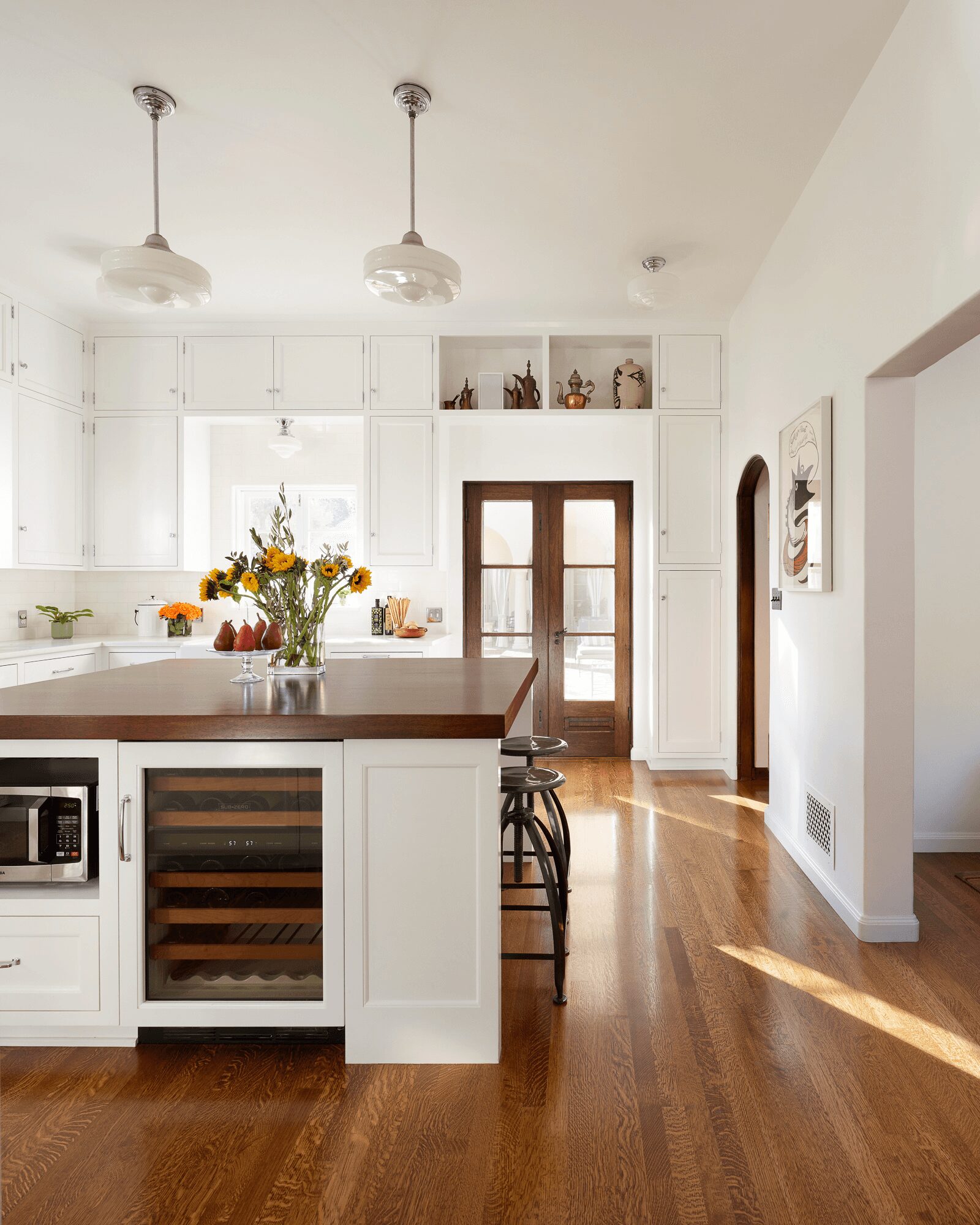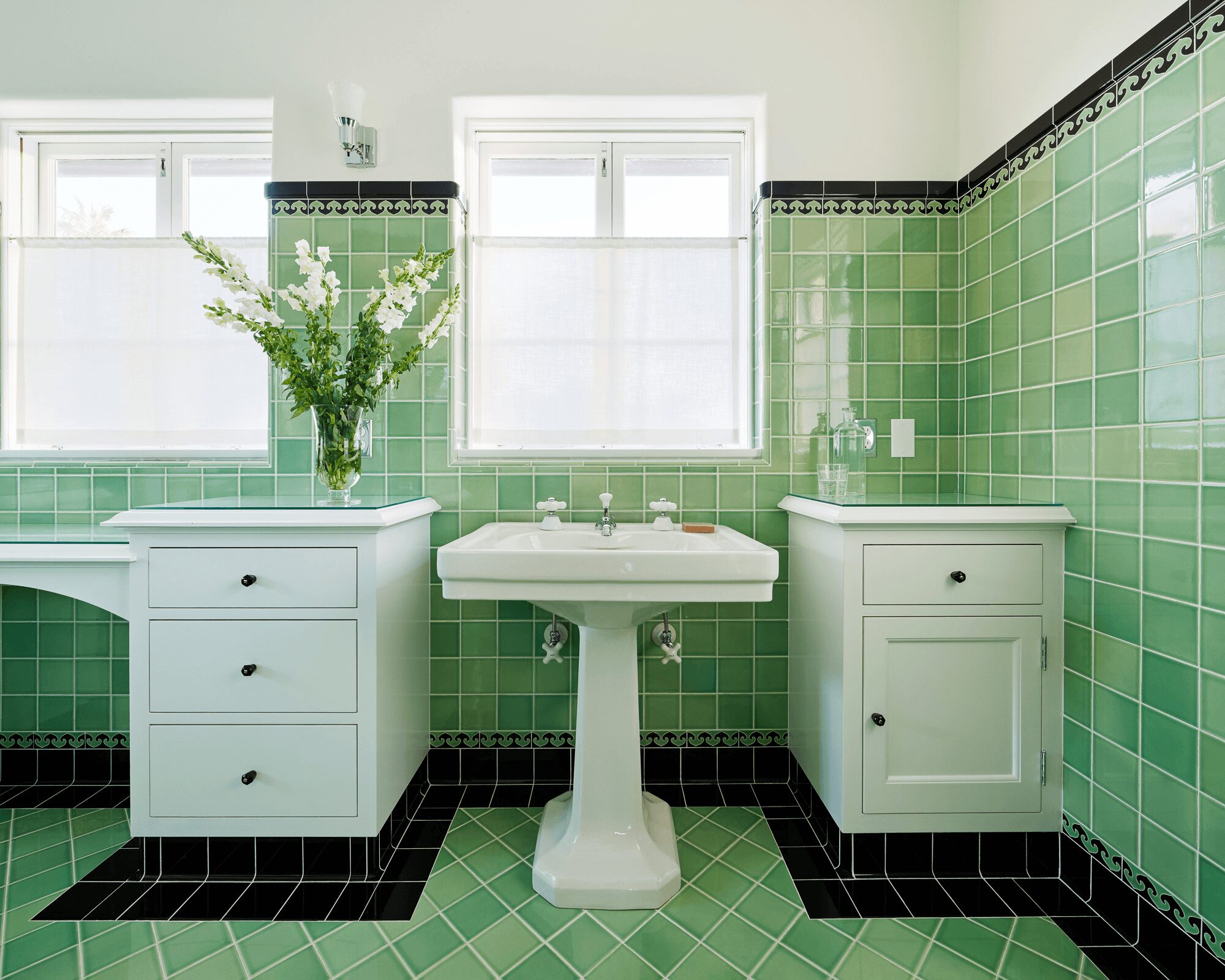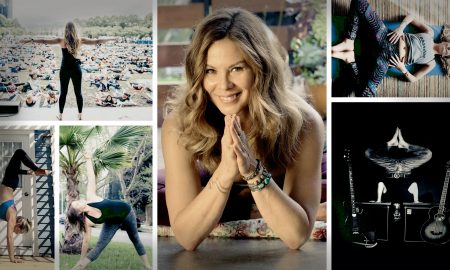

Today we’d like to introduce you to Lisa Henderson
Hi Lisa, please kick things off for us with an introduction to yourself and your story.
I grew up in Central Canada and caught the building bug when my parents did a remodel and addition to our house. I became enamored with building forts out of scrap wood my friends and I would find, even getting into trouble for trying to construct a two-story structure in my friend’s backyard at one point. I had no clue what I was doing and no mentorship—just the desire.
I remember being about 10 years old when my best friend and I made a pact that we would move to the US and paint houses for a living. The pull was like a magnet—I couldn’t explain it.
When I was 17, I got into the University of Manitoba’s Interior Design program, which was the #1 design school in Canada at the time. Although I had an amazing experience there, it was in the city I grew up in, and I hadn’t really learned anything else about the world. I decided to take a chance, bringing my design portfolio and a plane ticket home if things didn’t work out. I went for it and moved to Los Angeles, thinking I would stay for six months before returning to work in Vancouver.
Alright, so let’s dig a little deeper into the story – has it been an easy path overall and if not, what were the challenges you’ve had to overcome?
The road was anything but smooth.
Being in the field of architecture allowed me to apply for work with the NAFTA Free Trade Agreement (Canada, US, Mexico), so I literally hit the pavement, not knowing anyone or where I was, looking for a design job in a male-dominated field. My friend was going to school in Pasadena and she let me stay with her for a few weeks, which was a plus. I had no car or bike and definitely no cell phones or internet in 1991—just the phone book, bus, and walking. I focused my attention on Old Town Pasadena and soon landed a job with a designer. I was so excited! I loved Pasadena, and the tree-lined streets reminded me of home.
My job at this studio was brutal. People got fired left and right around me. At first, I thought there was something wrong with them and maybe they just didn’t work hard enough. My boss was verbally abusive and had unrealistic expectations, requiring 12-hour days. I didn’t have the ability to easily get another job, so I stayed. That all came to an end one day when I realized he would push employees to the breaking point, but I didn’t break. I excelled at a client design presentation. Before I even got home from that meeting, he left a message on my answering machine saying he didn’t need me anymore—no more information than that. My roommate took me for dinner that night, and while I was crying over pasta carbonara about being fired on a voicemail, she told me I had learned the best lesson in those six months. I learned not only what type of boss I didn’t ever want to have again, but also what kind of boss I never wanted to be.
I was now back to square one, looking for a design job. A little smarter, a little more experienced, but still from a different country with a degree people didn’t understand, from a school they had never heard of, during a recession. I remember at one point being so broke and unable to find a job anywhere. Every job opportunity I landed was dependent upon that firm getting a large client so they could hire additional staff, and I just kept getting told no—not yet. I finally got a call saying I had a job working as a drafter in the back of a carpet store, and my heart sank. I was supposed to start this job the following Monday, and I just couldn’t do it. I realized that if I took this job that was “so close” to what I wanted to do, I would not be forced to push to get what I REALLY wanted, and I could see myself there five years later, extremely defeated. Instead, I turned the job down and cleaned houses while I studied for my GRE and applied for graduate school at the Southern California Institute of Architecture—the best learning laboratory for design around.
I walked in on my first day at SCI-Arc to see students building a full-scale portion of the Schindler House in the parking lot to see and understand materiality. Another student had drilled a hole in the concrete floor to plant a sapling as part of their thesis, which was adjacent to custom millwork they were building underneath the loft stairway. My mind was blown. That part of my education taught me not what to think, but how to think and how to explore everything… and to ask so many questions. Those were some of the most creatively rewarding three and a half years of my life.
I was technically a broke international student and worked three jobs to pay for school. While most students were able to spend ample amounts of time exploring design ideas, I had to run to work (which I had to do in secret because it wasn’t allowed) and come back later to keep working on my design projects. This taught me to be efficient with my time and get my work done faster. It also taught me that I was capable of doing anything if I put my mind to it and to never be afraid to fail because the only thing you need to know when you fail is to get back up and try again.
One of the jobs I had while at SCI-Arc was to help an architect who lived in Bungalow Heaven. He was getting people to help canvas the neighborhood for this potential Historic Neighborhood application, which would be the first-ever official historic neighborhood in the city. It would be 999 houses large, and we had to research all these houses and photograph them to put in this application to the City of Pasadena. Seeing these houses and learning about the original architects and building teams was a completely different side to what I was learning at SCI-Arc, which was on the visual level of the Disney Concert Hall. I was utterly torn. At school, they would ask me what my design POV was and who my favorite architects were, and I didn’t know how to answer these questions. I was captivated by the anonymous craftsmen who built these houses. How they took the kit thrown on an empty lot from the Sears and Roebuck catalog, assembled it, and made their own adjustments along the way, leaving their handprint on the work. Those were my heroes.
After working several years in massive-scale commercial architecture for other people who called the shots, I decided to open my own studio and return to the thing I love the most: smaller-scale residential projects. Working with clients who live in the spaces we work on and merging the old and new harmoniously is incredibly rewarding. Finding an old structure that someone has forgotten about and giving it a new heartbeat is my passion. It’s so much more fulfilling to look at design in a more intimate way, learning how a client moves through time and space, and helping them get the most out of those spaces—making an impact on everyday living.
Great, so let’s talk business. Can you tell our readers more about what you do and what you think sets you apart from others?
What sets us apart is that some architects provide drawings for what is often called the “plain vanilla shell” of a structure and then tell the client to find a designer for the interior or go to a cabinet shop to finish things off. This approach, in my opinion, dilutes the aesthetic intent. We, on the other hand, take a comprehensive approach from start to finish. We look at the site, handle structural design, 3D modeling, lighting, space planning, interior millwork detailing, and even down to the tile layout, grout color, and door handles. We get into the weeds on EVERYTHING. We detail the entire project so that when the contractor and their team start, they know exactly what the expectations are. This leaves very little room for poor quality construction and helps the project flow smoothly and easily.
At Harvest Architecture, we pride ourselves on not following trends. Our focus is on quality craftsmanship, excellent space planning, the use of natural light, and optimizing the building’s orientation on the site for potential views or breezes that enhance the interior spaces. We listen to the house, understand its original voice, and merge that with what our clients want to achieve. When working with materials and colors, I always select elements that honor the house’s history while bringing it forward. This might involve using an original shape or style but with a fresh color, creating a balance that feels authentic and timeless.
I am really passionate about arts education.
When I’m not running Harvest Architecture, I am a fierce proponent of the arts and love collaborating with others who see the value in arts and arts education. Having two college-aged kids who are both studying design keeps me fresh and energized. I am constantly in awe of how they see the world and what they produce with their art. I’m here to help scaffold them up and expose them to things in the world I didn’t know existed when I was their age, but honestly, they are so far ahead of where I was at their age, so I am really just along for the ride.
I am a trustee for a private foundation that focuses primarily on supporting arts education, which is incredibly rewarding. Additionally, I work with the students in the Design + Production Department at LACHSA (the Los Angeles County High School for the Arts), collaborating on set design for their immersive theater events.
I recently acquired some studio space at The Hive South Pasadena (www.thehivesouthpasadena.com) and love learning all that I can from my fellow artists there. I am also getting back to doing my own drawing and sculpture work, which I’m excited about. I keep hearing I should start teaching classes, but I’m not sure what I would teach, so I’ll take that one day at a time and simply enjoy the company of my fellow artists.
Is there any advice you’d like to share with our readers who might just be starting out?
As for advice, I always tell people looking to interview that it’s much more important to bring enthusiasm and energy to the company and to show that you can jump in rather than focusing solely on what your portfolio looks like or what school you attended. I will ALWAYS ask a potential hire if they have worked in retail, a restaurant, or any service industry. This is critical and immediately tells me if you can think on your feet and handle a deadline or shifting goals with ease or if you will panic and freeze.
Any employer hiring a team member, especially a junior-level team member, must believe that you will contribute effectively. Don’t ask questions that give your boss more to do; instead, think on your feet and be part of the solution rather than slowing everyone down while you get up to speed. If you are a new hire and become a point of diminishing returns for the business owner because you can’t jump in, it won’t be a good fit, and you likely won’t make it past your probation period.
I always use this one question when I conduct interviews: “If I was having a dinner party and you were jumping in to help get ready for it, what is the very first question you should ask me?”
The least helpful person will ask, “How can I help?” This question gives the person who is already overloaded with a deadline another task. Instead, offer this question: “What are you cooking for dinner?”
From this single answer (a 5-course meal vs. a clambake, for instance), you can figure out many things—how to set the table, where it should be, what utensils are necessary, the music vibe, lighting, and more. Then, when you have ideas, you can offer the lead person options to choose from. A great new hire will ask these types of questions and quickly see how they can offer help while getting up to speed on the project, team, or office overall.
One thing I wish I knew when starting out:
As a recent SCI-Arc graduate looking for work and needing to pay to live in Los Angeles, I found working in a small studio was sadly not sustainable for my finances. I started applying to larger firms, submitting my resume to their HR departments, hoping to get noticed among dozens of applicants. After applying at least 4-5 times over two years without success, I finally asked a friend who worked at one of these firms for advice. He was shocked to learn I was applying on my own and told me that everyone who worked there had been referred by a current team member. If the new hire was a fit, the referring team member would receive a $500 bonus.
Contact Info:
- Website: https://www.harvestarchitecture.com
- Instagram: https://www.instagram.com/harvest_architecture/
- Facebook: https://www.facebook.com/HarvestArchitecture/




Image Credits
Eric Staudenmaier











